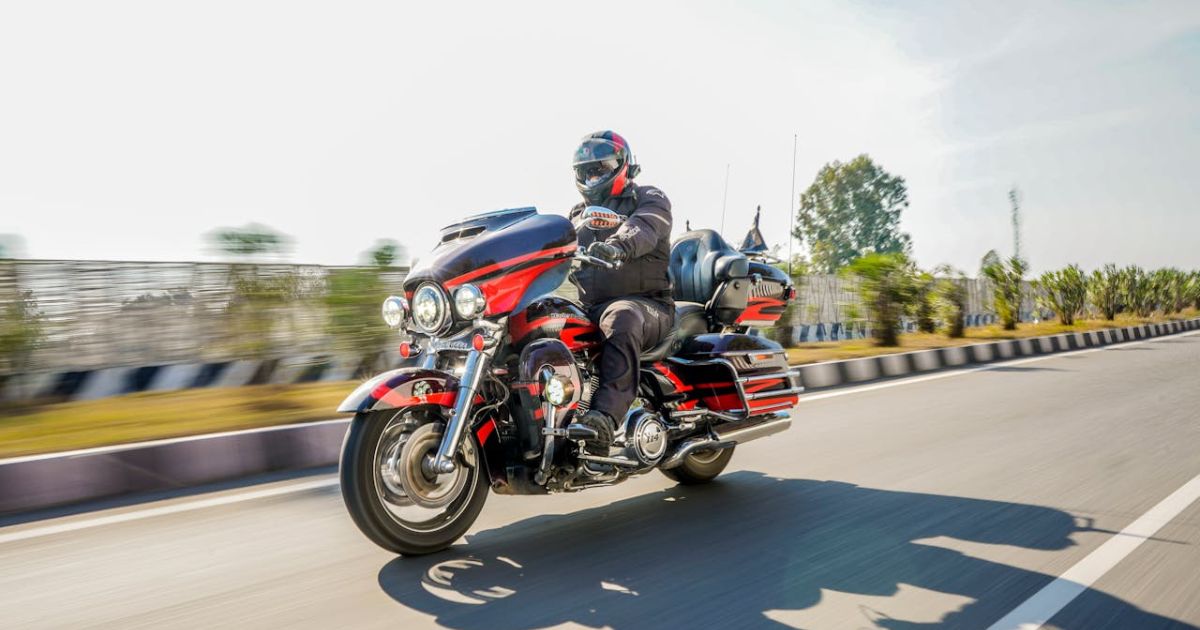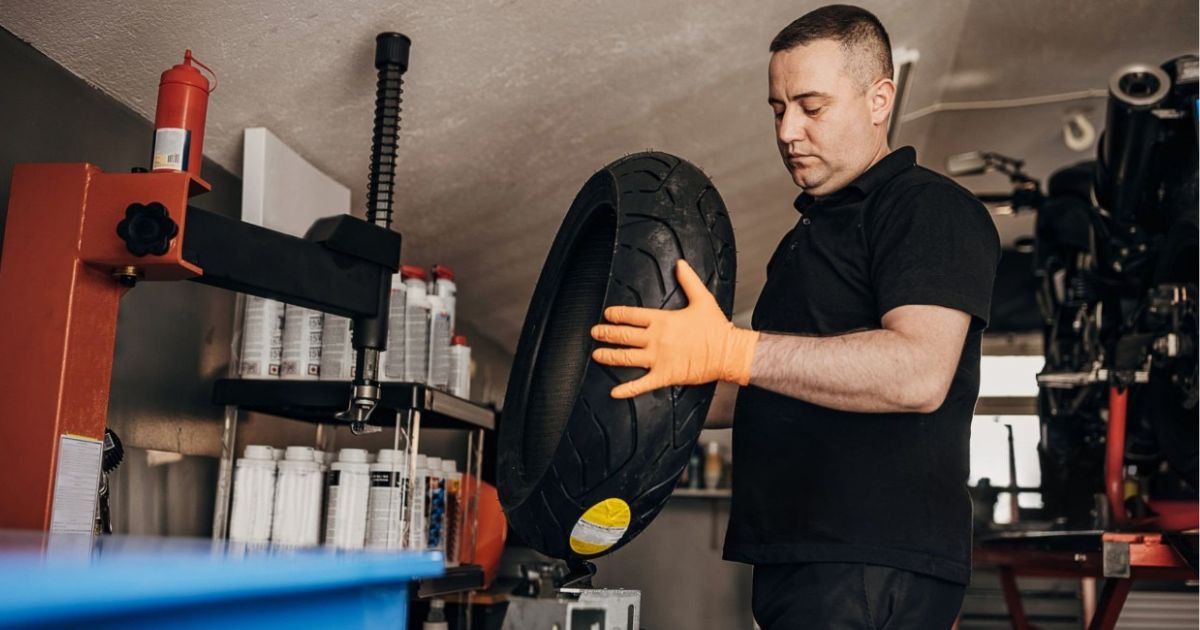
Pirelli SC Tire Compounds: A Guide for Track and Race Riders
left for contents
Here are three things you might not know about Pirelli tire compounds: temperature is king, the SC3 is not just for longevity, and front tire choice is more nuanced than you think.
Let’s dive into the world of Pirelli racing compounds to understand how to choose the right tire for your ride, whether you’re hitting the track for a sprint race, endurance event, or just a spirited track day.
I’ll share my insights from years of racing in the UK Endurance Championship, where tire choice can make or break your race, especially with our unpredictable weather.
Tip: Looking to upgrade your race tires? Browse the full selection of race motorcycle tires at RevZilla to find the right compound and fit for your bike.
If you’d rather watch this guide, here’s my original video on the topic:
Decoding Pirelli Tire Compounds: SCX, SC0, SC1, SC2, SC3
When it comes to Pirelli racing tires, understanding the compound designations is key. You’ll see codes like SCX, SC0, SC1, SC2, and SC3. Each of these represents a different compound formulation designed for specific conditions and rider needs. Let’s break down each one, starting with the most specialized and moving towards the most versatile.
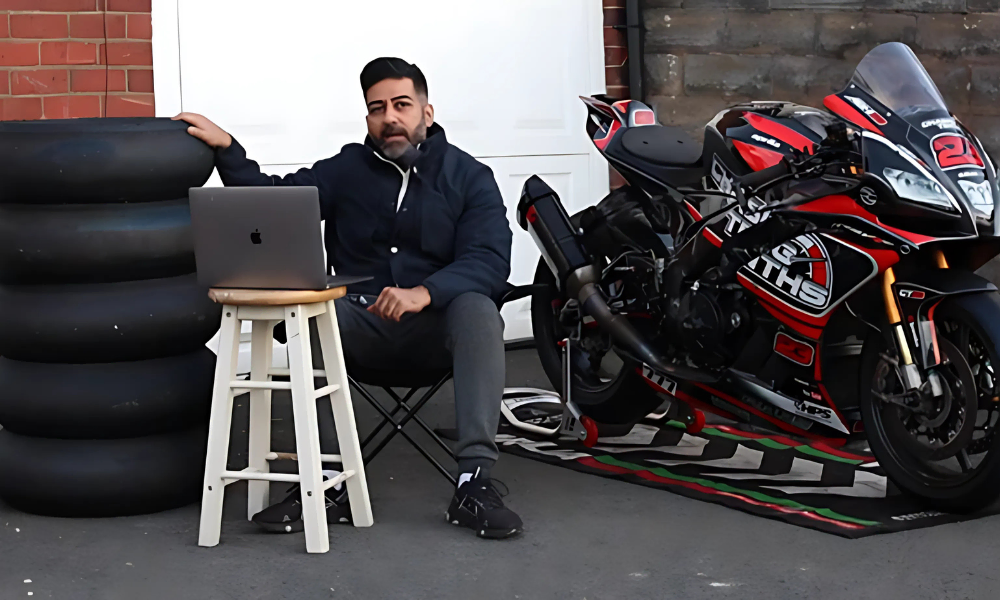
Pirelli SCX: The Cutting Edge Compound
First up, the SCX. This is a bit of a special compound. I actually bought an SCX, the ‘X’ compound specifically, from a local British Superbike team. Sadly, I didn’t get to use it, but I did a lot of research into it. The SCX is really designed for maximum performance in very specific conditions. It demands a fast pace and high track temperatures. Think British Superbikes, World Superbikes – that level of competition.
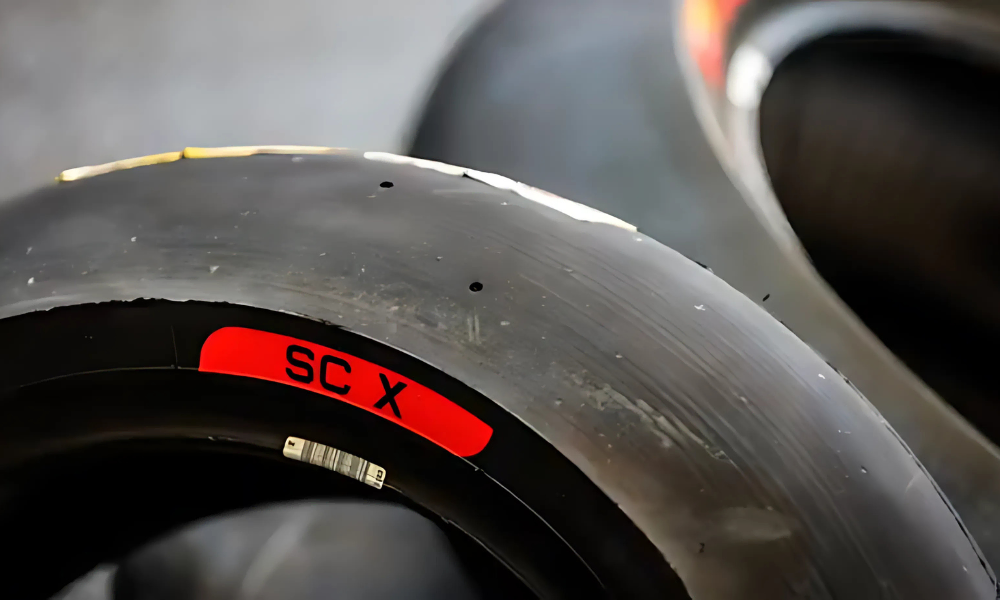
The SCX is constantly evolving, with Pirelli incorporating feedback from top riders and teams to refine it. In the UK, if you’re dealing with really high temperatures and you’re a seriously fast rider, then the SCX might be worth considering. However, for most of us, even if you’re quick and the weather is hot, the SC0 is likely a better option in a club racing or even a track day scenario. I wouldn’t typically recommend an SCX for track days because of the multiple heat cycles involved. It’s just not really designed for that kind of use.

Pirelli SC0: Maximum Grip for Sprint Domination
Let’s talk about temperature, because Pirelli and temperature go hand-in-hand. Generally, with Pirelli, higher temperatures mean you should lean towards softer compounds, while lower temperatures call for harder, more durable compounds. The SC0 is definitely on the softer end of the spectrum.
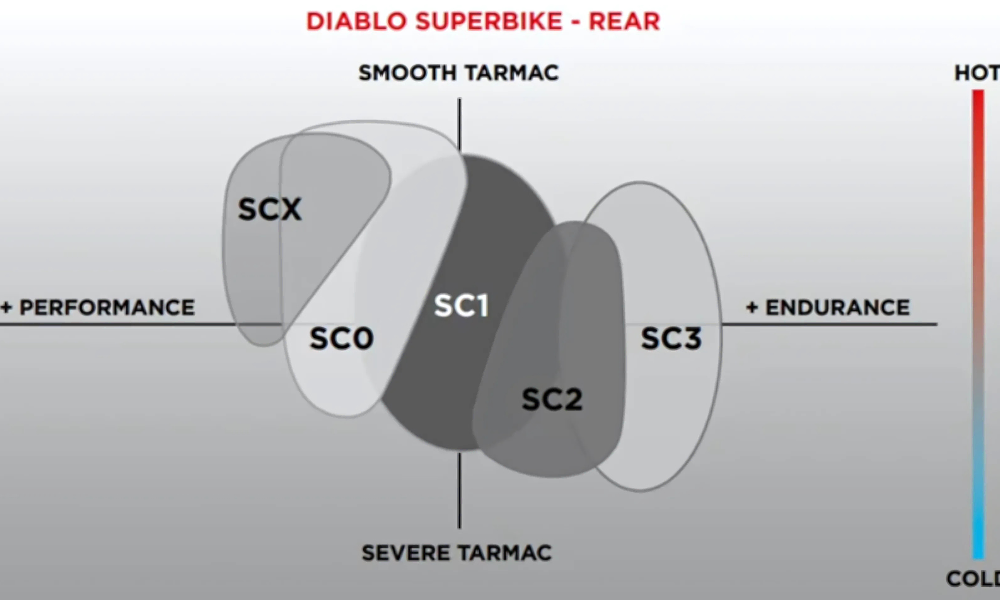
The SC0 compound is engineered for high temperatures and maximum grip. It excels in sprint races where outright performance is paramount. However, it’s important to know that the SC0 doesn’t love multiple heat cycles. It’s designed for peak performance in shorter bursts. While it offers incredible grip, it’s not ideal for endurance racing or track days where you’ll be putting in many laps over the course of a day.
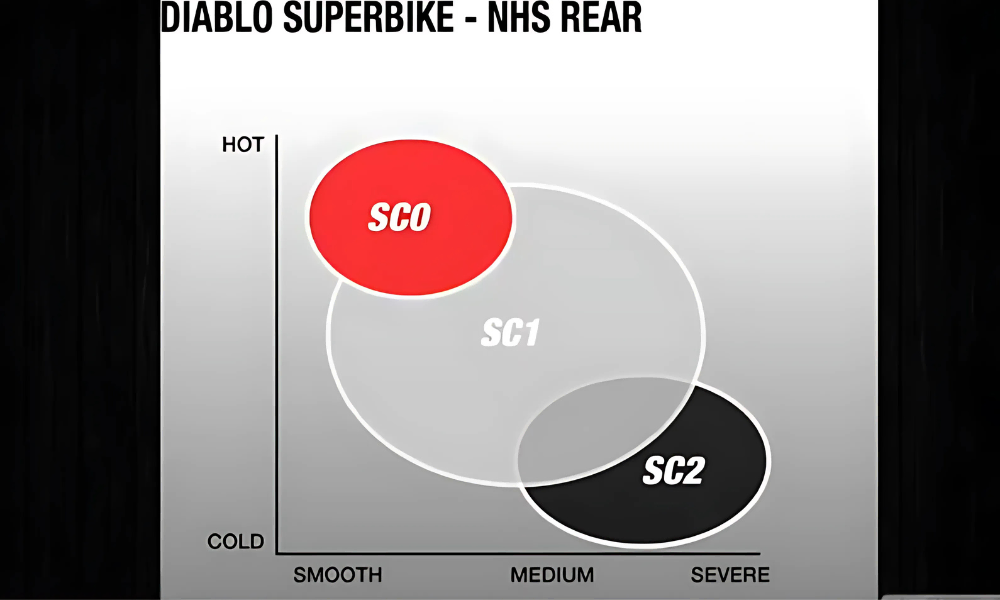
I learned this the hard way at Silverstone back in 2019. I had a big crash – thankfully, I was mostly okay – but it was a lesson in tire choice. I was running an SC1 on the front, which was fine, but on the rear, I had an SC0. It was a 17-degree morning, and my SC0 rear tire was showing cold blistering because it was simply the wrong tire for those conditions. So, while the SC0 delivers amazing grip in hot weather and is fantastic for sprint races or qualifying sessions, be mindful of temperature and heat cycles. Don’t use it in low temperatures, as you might experience blistering.
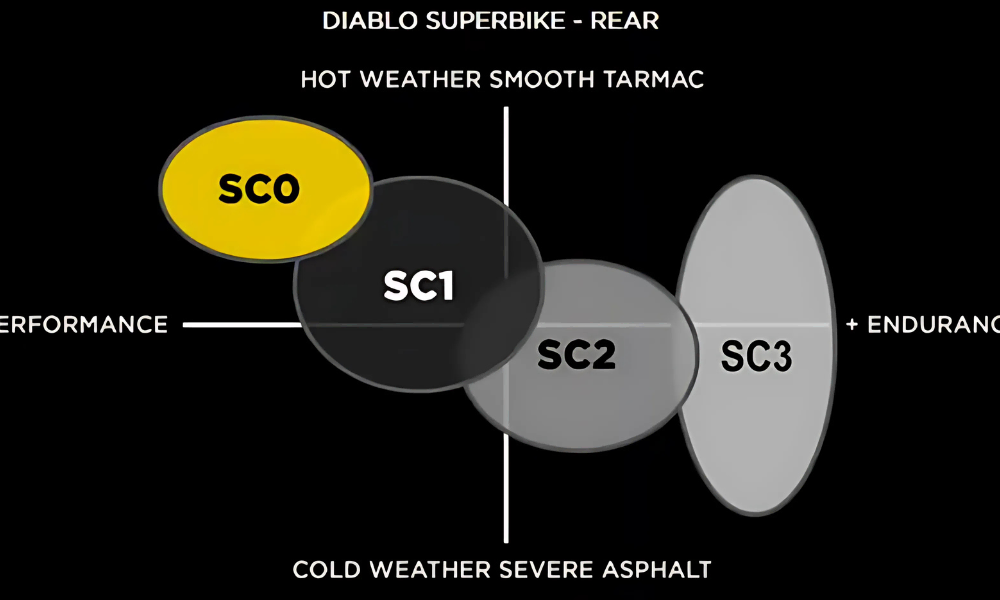
Pirelli SC1: Versatile Grip for Sprint and Club Racing
Moving up the range, we have the SC1. This compound offers a wider temperature operating window compared to the SC0, making it more versatile. It’s a popular choice in sprint races and club-level racing. I’ve seen racers use a single SC1 for an entire race, although tire choice always depends on your pace, riding style, and track conditions.
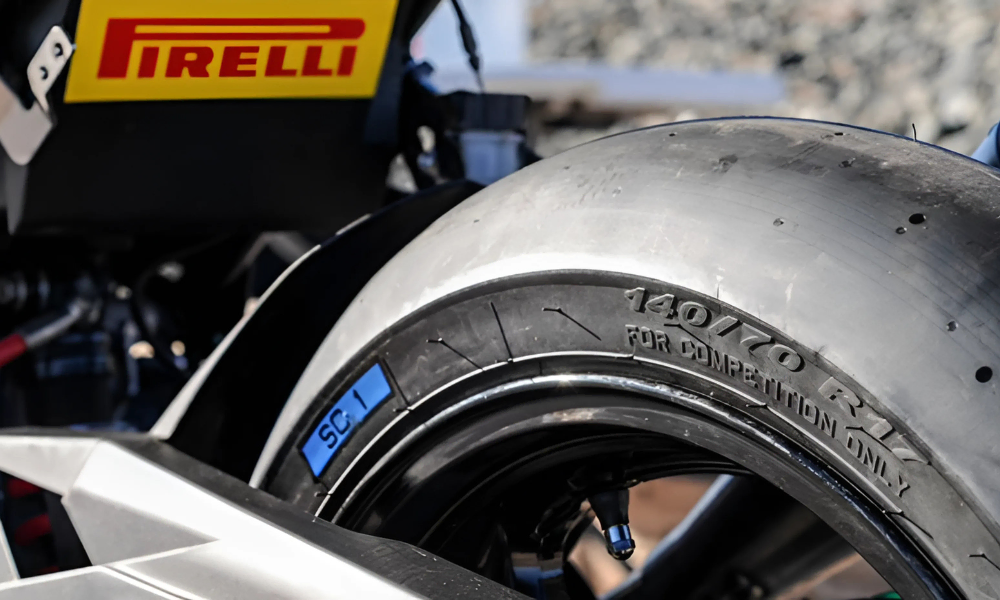
The SC1 provides excellent grip but still performs best when temperatures are moderately warm. It’s a step up in durability from the SC0 while still offering a significant grip advantage over harder compounds. If you’re looking for a good balance of grip and longevity for sprint racing or faster track day sessions in varied temperatures, the SC1 is a solid choice.
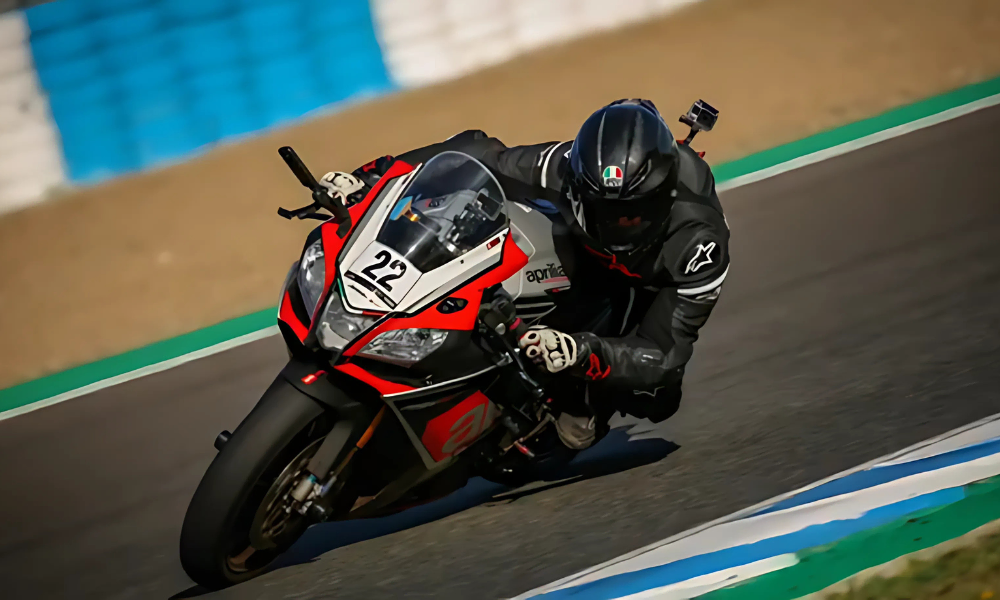
Pirelli SC2: The Track Day and Club Racer’s All-Rounder
Now we get to the SC2, a truly versatile and popular compound, especially among club racers and track day enthusiasts. The SC2 is designed to work across a broad range of temperatures. It’s a predictable tire that’s less prone to cold tearing or thermal degradation.
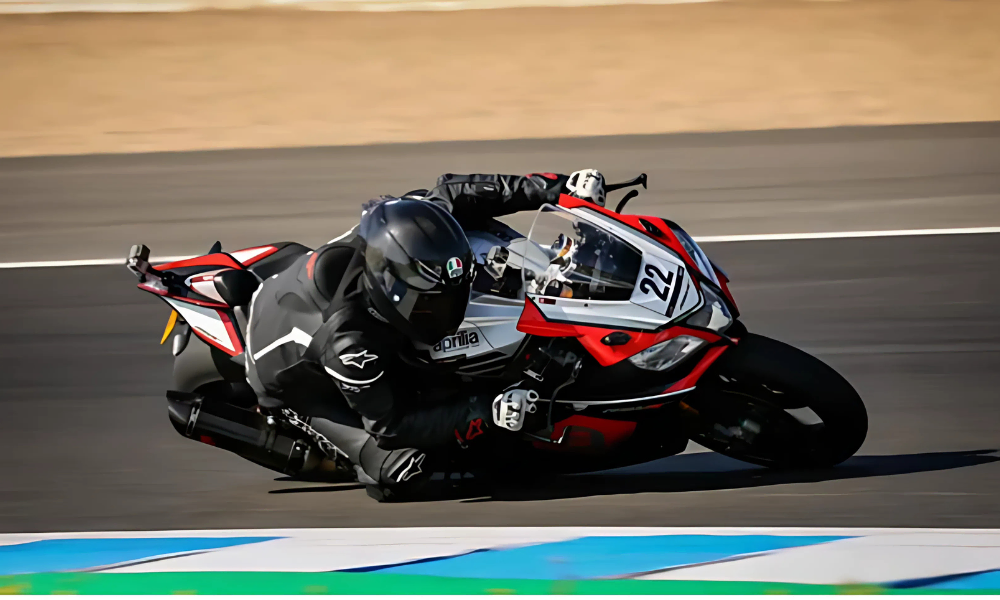
Like all Pirelli SC compounds (SCX, SC0, SC1, and SC2), the SC2 doesn’t love excessive heat cycles, but it handles a few without significant issues. Back in 2019, I rode at Jerez in Spain, and I used the SC2 for two days in 36-degree ambient temperatures, with track temperatures reaching around 50 degrees Celsius. The SC2 performed brilliantly and handled multiple heat cycles without any problems.
The SC2’s versatility is why it’s so popular. It’s a great all-around tire for track days and club racing where you need consistent performance across varying conditions and multiple sessions.
Pirelli SC3: Durability and Consistency for Endurance and Beyond
Finally, let’s talk about the SC3. There’s a common misconception that the SC3 is a very hard, basic compound. However, that’s not really the case. Pirelli has invested significant research and development into the SC3, listening to riders and teams to create a very clever and versatile compound.
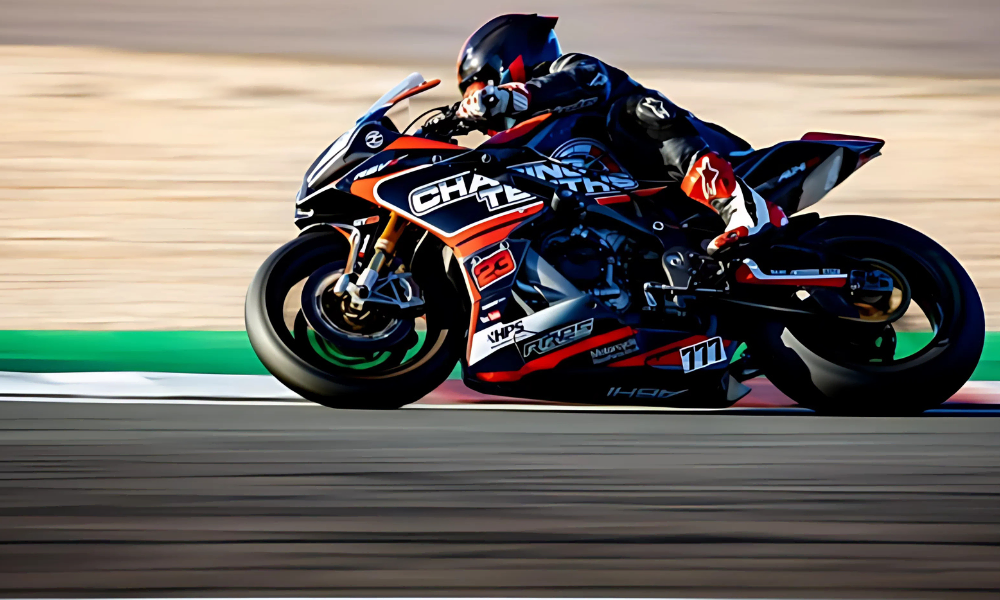
The SC3 is designed to handle multiple heat cycles, making it a budget-friendly option if tire longevity is a concern. But don’t mistake durability for lack of performance. The key consideration with the SC3 is that it’s not ideal for very, very high temperatures.
I once did a one-hour and nine-minute stint at Anglesey circuit on SC3s. It was an incredibly hot day, track temperature was around 55 degrees Celsius, and there were a lot of crashes that day in an endurance race. Many people were using the SC3, and unfortunately, it became quite slippery in those extreme conditions. In very high temperatures, SC0, SC1, or SC2 would still be better choices.
However, where the SC3 truly shines is in its versatility and consistency. It’s excellent for track day riders, especially if you’re doing multi-day events or touring in Europe where you’ll encounter varying conditions. It handles multiple heat cycles without significant thermal degradation, cold tearing, or blistering. It provides good feedback and, most importantly, it’s remarkably consistent.
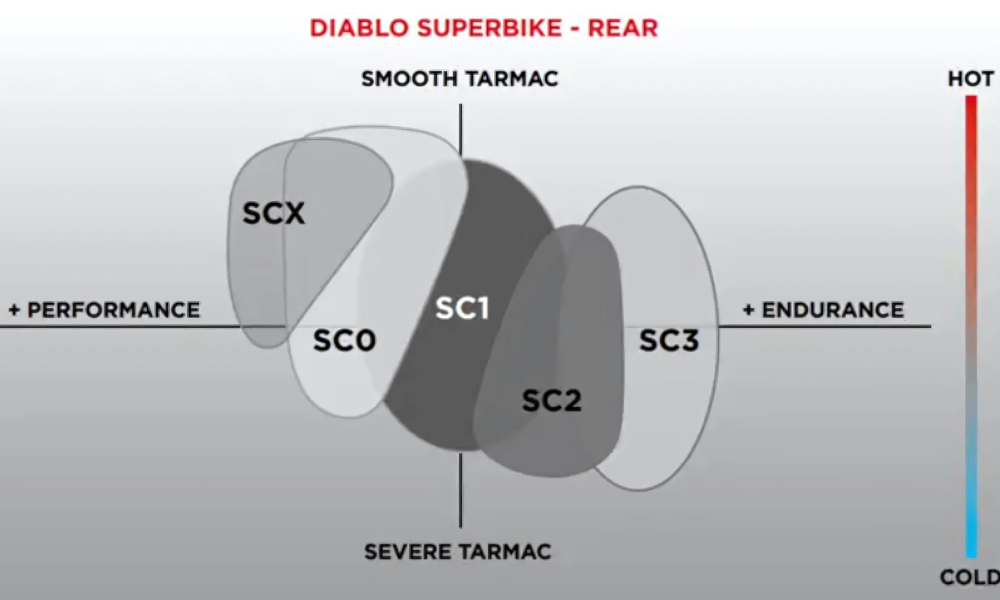
Consistency is crucial, especially in endurance racing. In the UK endurance scene, many podium finishers and race winners, including myself, have used the SC3 compound. It provides the consistent performance and feedback you need throughout long races. For endurance events or track days where durability and predictability are paramount, the SC3 is an excellent choice.
Front Tire Considerations: SC1 vs SC2
Let’s briefly touch on front tires. Many riders prefer the SC1 front slick, and for good reason. It’s very predictable, offers excellent feedback, and being a softer compound, it provides a lot of grip.
However, there are also many riders who opt for the SC2 front. The SC2 front offers less deflection and movement compared to the SC1. Ultimately, front tire choice often comes down to rider preference and, importantly, weather conditions.
Tip: Ready to upgrade your front slicks? See the full lineup of front and rear racing tires to fine-tune your setup.
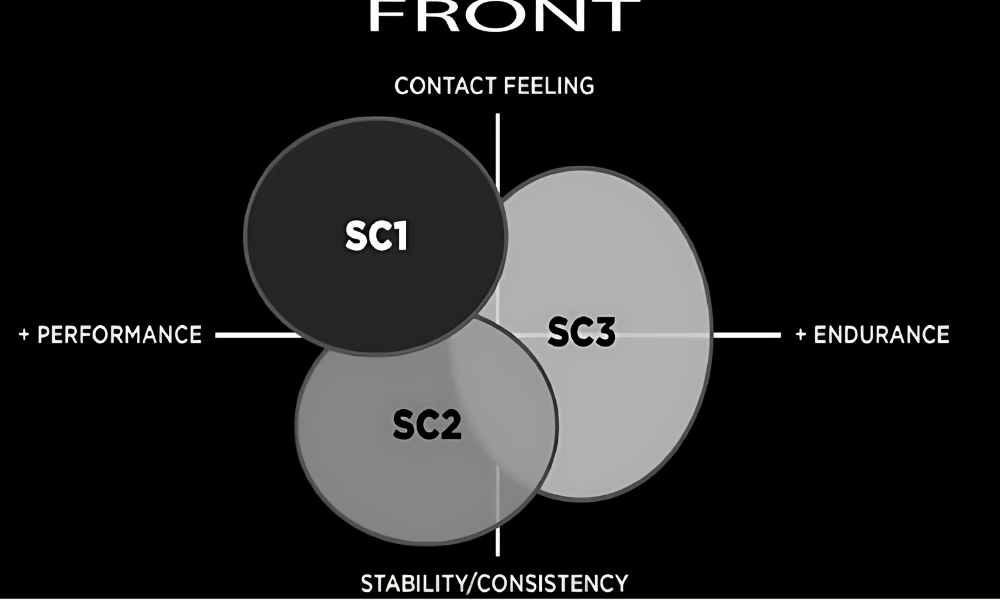
If it’s a super-hot day, or even just a generally hot day, an SC1 front can work very well. But if you’re facing varied temperatures, colder conditions, or if you simply prefer a front tire with less deflection, then the SC2 front is a fantastic option. It’s all about finding what gives you the most confidence and control in your specific riding situation.
Choosing the Right Compound for You
Selecting the right Pirelli tire compound is a balance of understanding your riding needs, the conditions you’ll be facing, and the characteristics of each compound. Consider these factors when making your choice:
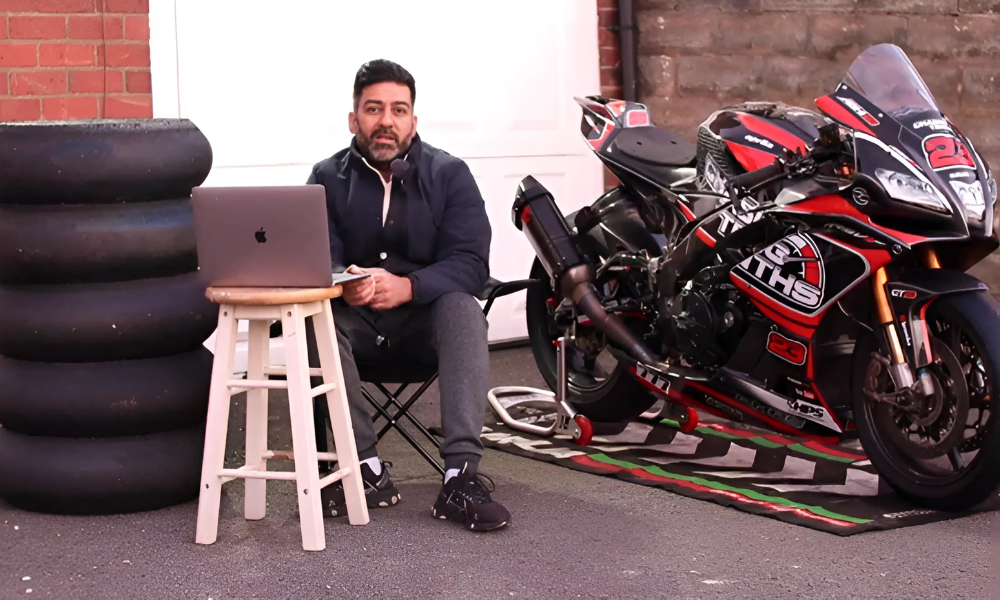
- Temperature: Ambient and track temperature are critical. Softer compounds (SC0, SC1) generally perform best in warmer conditions, while harder compounds (SC2, SC3) offer more versatility and durability across a wider temperature range.
- Riding Style and Pace: Faster, more aggressive riders might benefit from the enhanced grip of softer compounds, while riders prioritizing longevity and predictability might prefer harder compounds.
- Type of Riding: Sprint races demand maximum grip (SC0, SC1), endurance races benefit from consistency and durability (SC3, SC2), and track days require versatility and heat cycle tolerance (SC2, SC3).
- Heat Cycles: If you’re doing track days or multi-day events, consider compounds that handle multiple heat cycles well (SC3, SC2).
Tip: Final call: No matter your racing level, RevZilla’s race tire selection has you covered. Grab the perfect set before your next event.
By understanding these factors and the nuances of each Pirelli compound, you can make informed decisions to optimize your tire performance and enhance your riding experience. And remember, tire choice is a personal thing, so experiment and find what works best for you and your bike.
Related
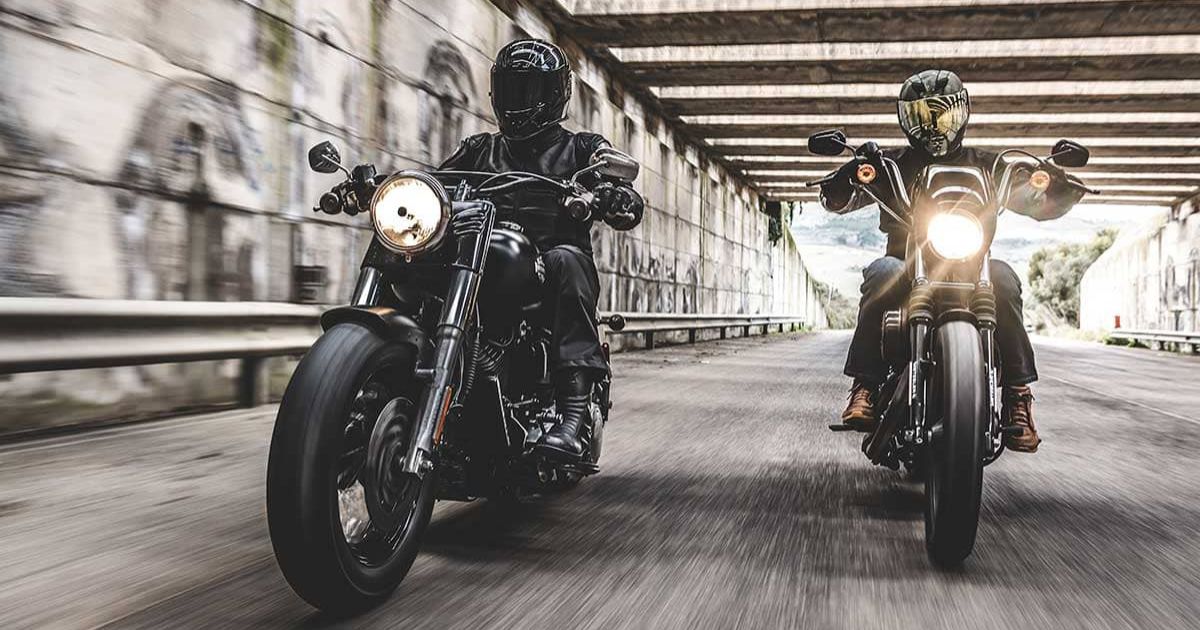
Best Cruiser Tires for Motorcycle Riders in 2025
Discover the best cruiser tires of 2025 for riders—tested for grip, comfort, mileage, and style to keep your V-Twin planted and confident.

